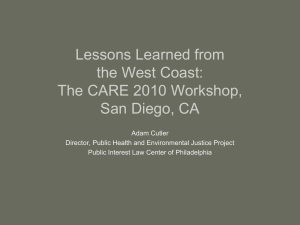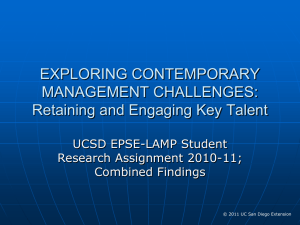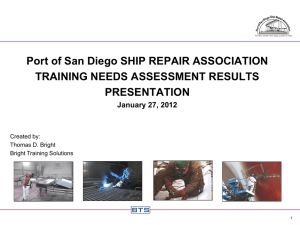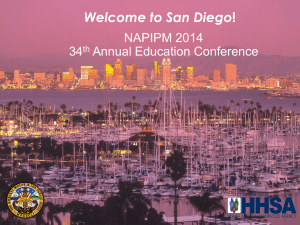6th Grade Project Exploration Trips Oceans I – Join us for our most
advertisement
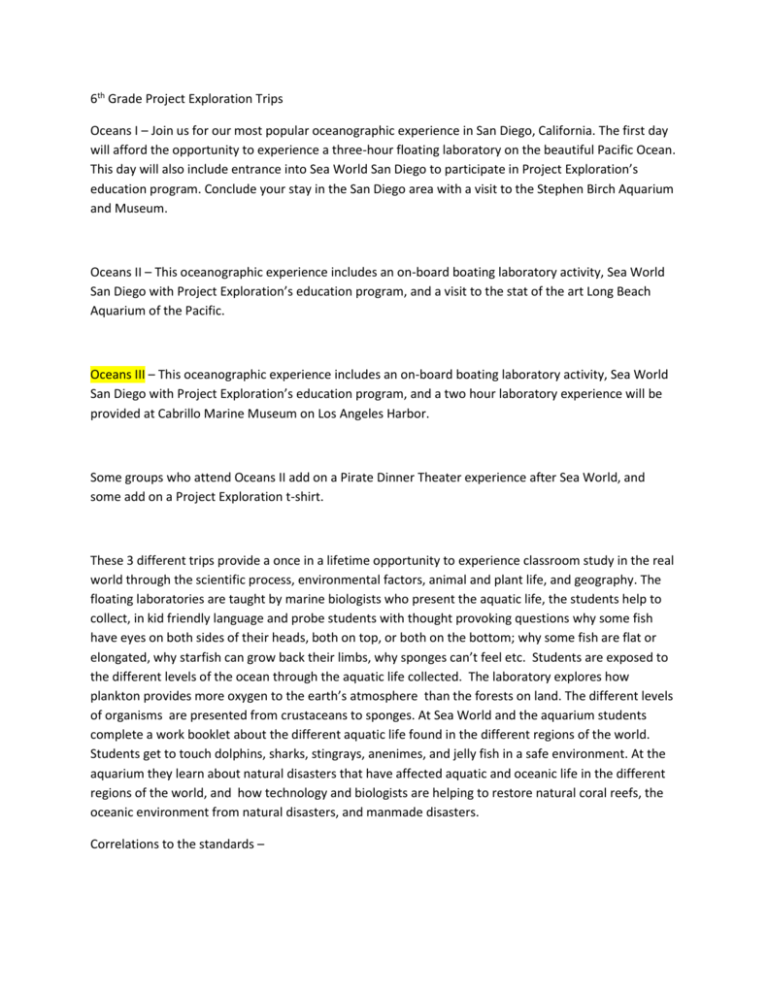
6th Grade Project Exploration Trips Oceans I – Join us for our most popular oceanographic experience in San Diego, California. The first day will afford the opportunity to experience a three-hour floating laboratory on the beautiful Pacific Ocean. This day will also include entrance into Sea World San Diego to participate in Project Exploration’s education program. Conclude your stay in the San Diego area with a visit to the Stephen Birch Aquarium and Museum. Oceans II – This oceanographic experience includes an on-board boating laboratory activity, Sea World San Diego with Project Exploration’s education program, and a visit to the stat of the art Long Beach Aquarium of the Pacific. Oceans III – This oceanographic experience includes an on-board boating laboratory activity, Sea World San Diego with Project Exploration’s education program, and a two hour laboratory experience will be provided at Cabrillo Marine Museum on Los Angeles Harbor. Some groups who attend Oceans II add on a Pirate Dinner Theater experience after Sea World, and some add on a Project Exploration t-shirt. These 3 different trips provide a once in a lifetime opportunity to experience classroom study in the real world through the scientific process, environmental factors, animal and plant life, and geography. The floating laboratories are taught by marine biologists who present the aquatic life, the students help to collect, in kid friendly language and probe students with thought provoking questions why some fish have eyes on both sides of their heads, both on top, or both on the bottom; why some fish are flat or elongated, why starfish can grow back their limbs, why sponges can’t feel etc. Students are exposed to the different levels of the ocean through the aquatic life collected. The laboratory explores how plankton provides more oxygen to the earth’s atmosphere than the forests on land. The different levels of organisms are presented from crustaceans to sponges. At Sea World and the aquarium students complete a work booklet about the different aquatic life found in the different regions of the world. Students get to touch dolphins, sharks, stingrays, anenimes, and jelly fish in a safe environment. At the aquarium they learn about natural disasters that have affected aquatic and oceanic life in the different regions of the world, and how technology and biologists are helping to restore natural coral reefs, the oceanic environment from natural disasters, and manmade disasters. Correlations to the standards – Science – S2C2PO2 – Describe how scientific knowledge is subject to change as new information and/or technology challenges prevailing theories S2C2PO3 – Apply the following scientific processes to other problem solving or decision making situations: observing, questioning, communicating, comparing, classifying, inferring. S3C1PO1 – Evaluate the effects of the following natural hazards: Sandstorm Hurricane Tornado Ultraviolet light Lightning-caused fire S3C2PO1 – Propose viable methods of responding to an identified need or problem. S4C1PO1 – Explain the importance of water to organisms. S4C1PO4 – Differentiate between plant and animal cells. S4C1PO5 – Explain the hierarchy of cells, tissues, organs, and systems. S4C1PO6 – Relate the following structures of living organisms to their functions: Animals – Respiration – gills, lungs Digestion – stomach, intestines Circulation – heart, veins, arteries, capillaries Locomotion – muscles, skeleton S4C3PO2 – Describe how the following environmental conditions affect the quality of life: Water quality Climate Population density Smog Social Studies – SS4C1PO3 – Interpret maps, charts, and geographic databases using geographic information. (Continents) SS4C1PO5 – Interpret thematic maps, graphs, charts, and databases depicting various aspects of world regions. (Animals on different continents) SS4C3 – Link to science – Sci. S3C1 - evaluate the effects of, and Sci. S4C3describe how people plan for and respond to natural disasters, describe how sunlight, water quality, climate, population density, and pollution affect quality of life.



